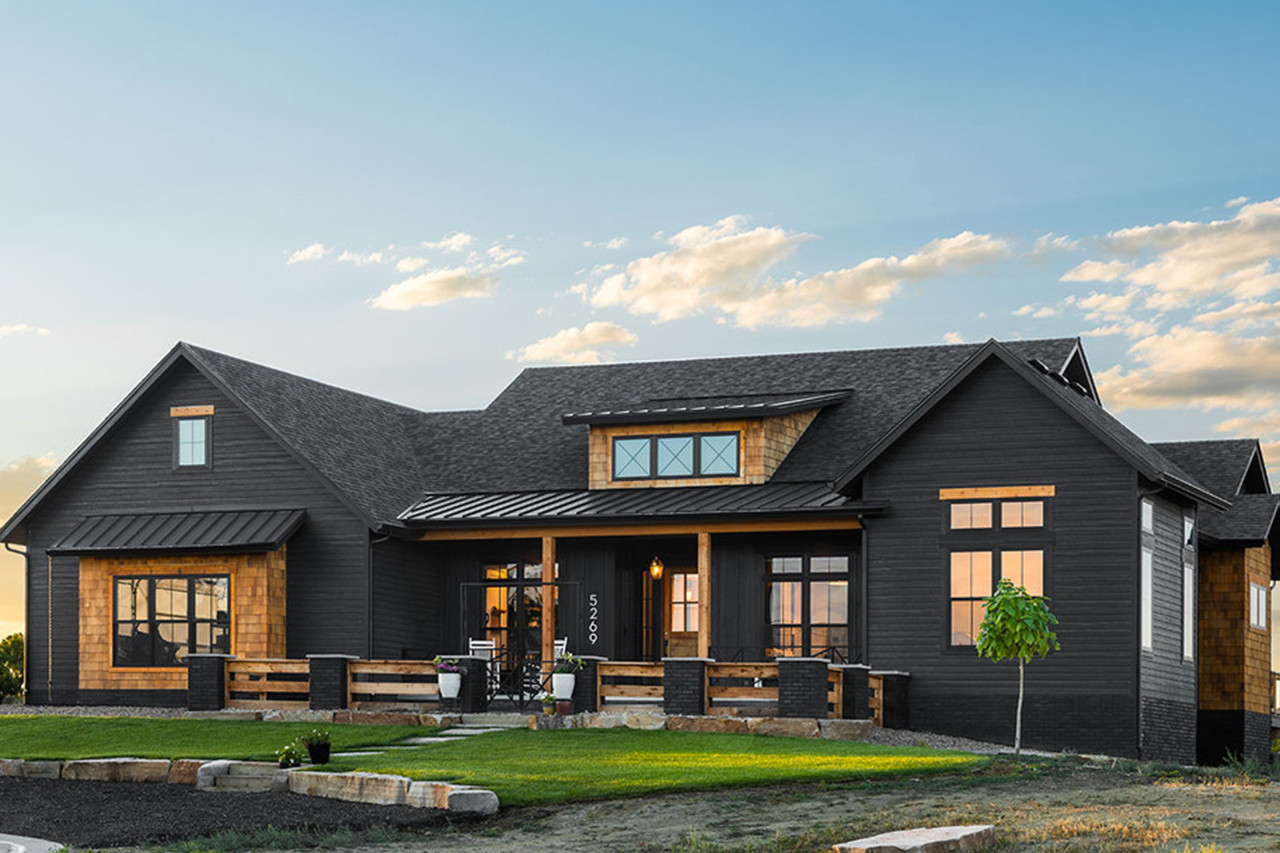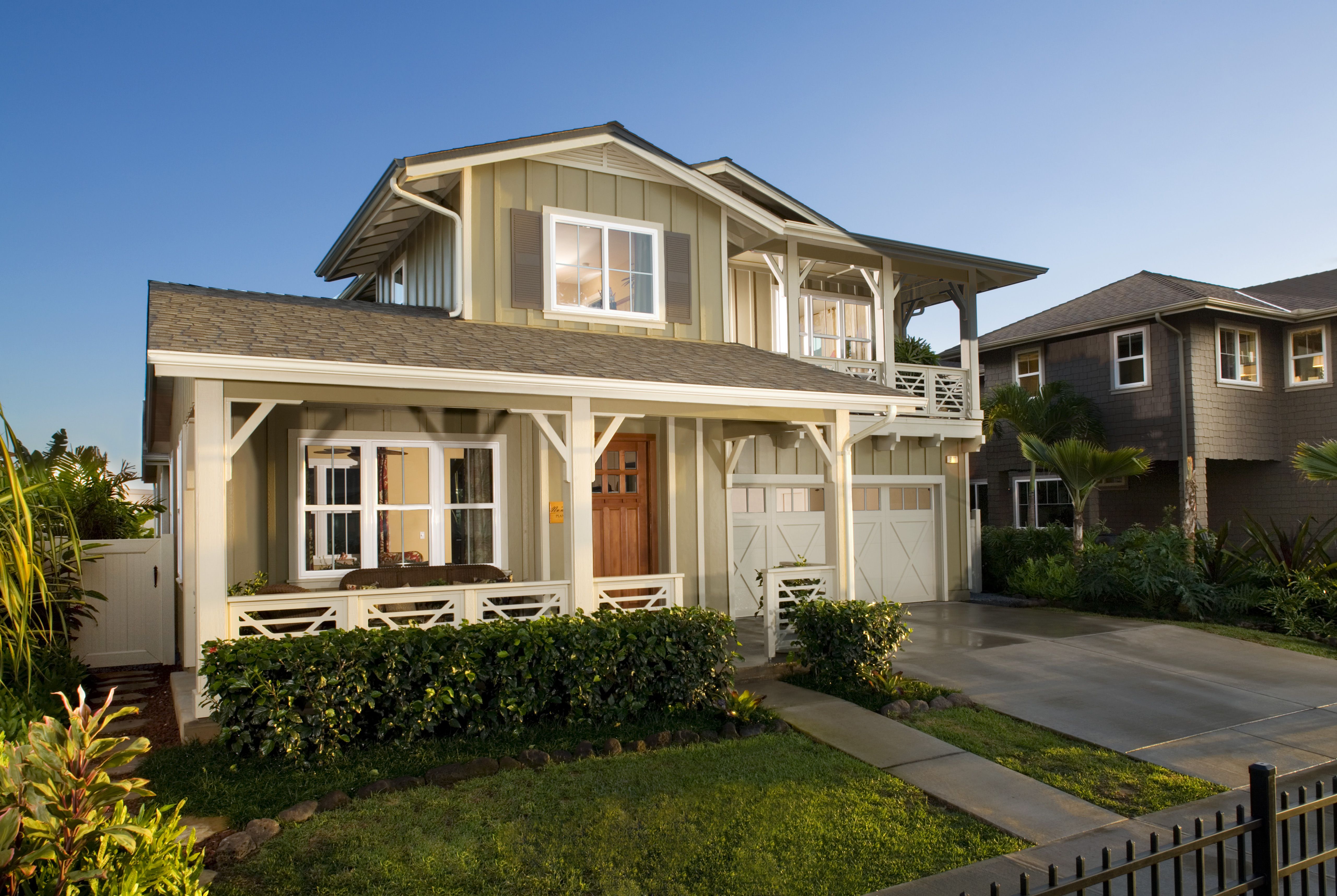The Duty of Arts & & Crafts Architects in Elevating Architectural Providers in Residential Layout
Arts and Crafts architects considerably influence residential layout through their commitment to craftsmanship and sustainability. They focus on handcrafted details and all-natural materials, which enhance both looks and community identity. By including customers in the layout process, these architects create special home that resonate with individual tastes. This strategy questions concerning the future trajectory of household architecture and its possible influence on community dynamics. craftsman style house. What exists ahead for this timeless design ideology?

The Principles of Arts and Crafts Architecture
The essence of Arts and Crafts architecture depends on its dedication to craftsmanship and simplicity. This building activity arised in the late 19th century as a reaction to industrialization, stressing the value of handcrafted details and all-natural materials. The principles of Arts and Crafts architecture prioritize functionality and harmony with the environment. Structures commonly include low-pitched roofings, vast eaves, and subjected rafters, promoting a feeling of unity with nature.
Artisans played a substantial duty in this style, typically integrating ornamental aspects like discolored glass, tiles, and woodwork, which reflect neighborhood craftsmanship. The shade scheme tends to be natural and suppressed, permitting buildings to mix effortlessly into their environments. Additionally, the style encourages open layout and common areas, promoting a sense of togetherness. Overall, the principles of Arts and Crafts architecture commemorate the appeal of simpleness and the value of human link to both nature and community.

Lasting Practices in Residential Layout
While the need for ecologically responsible living proceeds to expand, sustainable methods in residential style have actually gained considerable traction among architects and property owners alike. Architects are significantly integrating energy-efficient technologies and lasting products into their layouts, aiming to decrease carbon footprints and improve energy conservation. Methods such as passive solar style, eco-friendly roofs, and rainwater harvesting systems are becoming basic components of modern-day residential architecture.
In addition, the selection of locally sourced products minimizes transportation discharges and supports regional economic climates. Emphasis on natural light and air flow not only enhances interior air high quality yet also lowers reliance on fabricated lighting and climate control systems. These sustainable methods reflect a dedication to preserving the setting while offering home owners with comfy, effective space. As understanding of environmental issues grows, the integration of sustainability in property layout is positioned to become a specifying quality of modern architecture, directed by the principles developed by Arts and Crafts architects.
Customization and Personalization in Home Style
Modification and personalization in home style have actually arised as essential fads in reaction to the expanding need for distinct living atmospheres that mirror private tastes and way of livings. Home owners progressively seek to tailor rooms that resonate with their individual identities, bring about a much more purposeful link with their home. craftsman style house. This movement motivates architects to involve customers in the design process, fostering collaboration that guarantees the final end result personifies the house owner's vision
Components such as bespoke designs, personalized products, and customized surfaces permit a diverse series of expressions in domestic layout. Arts and Crafts architects play a pivotal role in this advancement, stressing craftsmanship and top quality. Their emphasis on incorporating artistic elements with performance assurances that each home is not just aesthetically pleasing but also distinctively fit to the residents' requirements. This focus on modification improves the overall domestic experience, creating areas that are both individual and enduring.
The Influence of Arts and Crafts Architects on Community Aesthetic Appeals
As neighborhoods develop, the influence of Arts and Crafts architects significantly forms their aesthetic landscape. By stressing handcrafted information, natural materials, and typical building methods, these architects create homes that resonate with their surroundings. Their designs often incorporate regional flora, structures, and shades, cultivating a sense of harmony in between built settings and nature.
Moreover, the Arts and Crafts activity promotes area identity via building connection. By encouraging home owners to embrace comparable layout principles, neighborhoods develop a natural character that improves aesthetic charm. This architectural uniformity not only improves the visual experience but additionally instills a sense of pride among residents.
The emphasis on sustainability and craftsmanship in Arts and Crafts architecture aligns with modern-day worths, making these designs relevant in contemporary setups. Ultimately, Arts click reference and Crafts architects add significantly to the general beauty and social stability of communities, leaving a long lasting effect on their visual heritage.

Future Patterns in Arts and Crafts Architecture
With an increasing emphasis on sustainability and customization, future fads in Arts and Crafts architecture are poised to blend conventional craftsmanship with modern-day technology - craftsman style house. Architects are most likely to focus on environmentally friendly materials, using recovered timber and natural stone to boost the sustainability of residential layouts. The integration of smart home technology will end up being commonplace, enabling personalized living experiences without endangering aesthetic stability
The revival of artisanal methods will certainly cultivate a renewed appreciation for handmade components, such as bespoke kitchen cabinetry and personalized ceramic tile work. Future designs might also reflect an emphasis on community-oriented rooms, encouraging interaction and link amongst homeowners. Outdoor living areas will obtain prominence, effortlessly incorporating nature into the home atmosphere. As Arts and Crafts architecture progresses, it will certainly proceed to recognize its origins while adjusting to contemporary needs, producing unified areas that mirror private values and way of lives.
Frequently Asked Questions
What Influenced the Arts and Crafts Movement in Architecture?
The Arts and Crafts movement in architecture was influenced by a reaction versus automation, highlighting handcrafted top quality, natural materials, and a go back to standard craftsmanship, intending to create harmonious, functional areas that commemorated creativity and originality.
Just how Do Arts and Crafts Architects Collaborate With Clients?
Arts and crafts architects team up with clients through open discussion, focusing on personal needs Continued and looks. They highlight craftsmanship and sustainability, fostering a partnership that incorporates the customer's vision with the architect's know-how in layout and materials.
What Materials Are Frequently Made Use Of in Arts and Crafts Homes?
Typical products in Arts and Crafts homes consist of all-natural wood, stone, and block, stressing workmanship and organic aesthetic appeals. These aspects develop a cozy, welcoming environment, mirroring the movement's devotion to high quality and simplicity in style.
How Do Arts and Crafts Layouts Enhance Indoor Living Areas?
Arts and Crafts designs boost indoor living areas by promoting natural light, open floor strategies, and handcrafted details. These aspects promote a warm, inviting atmosphere, urging a connection in between homeowners and their settings through thoughtful, useful aesthetics.
What Are Some Famous Examples of Arts and Crafts Architecture?
Famous examples of Arts and Crafts architecture consist of the Wager Home, look at more info Greene and Greene's masterpiece in California, and the Robie Home by Frank Lloyd Wright. These structures showcase handcrafted details and consistency with nature, defining the movement's essence.